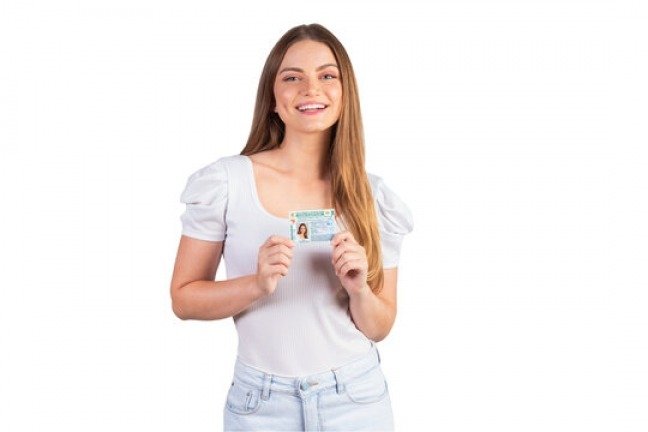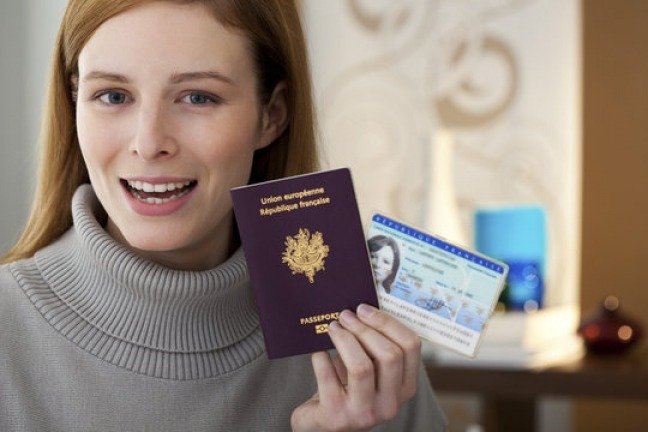The identity card is an official document which allows you to prove your identity and nationality. It contains sensitive personal information, such as the name, first name, date and place of birth, gender, height, eye color, address, signature and photo of the holder. It also includes a national identification number ( NIR ) and an electronic chip which stores this data.
The identity card is often requested by organizations or people who need to verify the identity of the holder, such as banks, administrations, employers, landlords, telephone operators or websites. Sometimes it is necessary to provide a photocopy of your identity card to complete a file or carry out a procedure.
But be careful, the photocopy of your identity card can be used for malicious purposes by malicious people who seek to usurp the identity of the holder or commit fraud. For example, they can open a bank account, take out credit, order products online or carry out administrative procedures in the name of the holder without their consent.

To avoid these risks, it is recommended to cross out the photocopy of your identity card and indicate on it the reason for sending, the recipient and the date. For example: “This photocopy can only be used for the rental file for my apartment at the Dupont real estate agency on 06/23/2023”. Thus, the photocopy becomes unusable out of context and cannot be reused by another person or for another purpose.
How to cross out a photocopy of your identity card?
To block a photocopy of your identity card, simply follow these steps:
- Make a recto-verso photocopy of your identity card while respecting the dimensions and readability of the original document.
- Take a black or red pen and draw a diagonal line on the photocopy, avoiding hiding essential information (name, first name, photo, signature).
- Write in capital letters on the line the words “Use reserved for” followed by the name of the recipient and the reason for sending.
- Add today's date to the bottom right of the photocopy.
- Sign the photocopy at the bottom left.
Here is an example of a crossed out photocopy:

What are the advantages of crossing out a photocopy of your identity card?
Crossing out a photocopy of your identity card has several advantages:
- This helps protect personal data and avoid identity theft or fraud.
- This makes it possible to limit the use of the photocopy to a single recipient and for a single purpose.
- This makes it possible to respect the principle of minimization of personal data, which consists of collecting only the data necessary and relevant for a given processing.
- This makes it possible to comply with legal obligations regarding the protection of personal data, in particular the General Data Protection Regulation (GDPR) and the Data Protection Act.
What are the risks of not crossing out a photocopy of your identity card?

Failing to cross out a photocopy of your identity card can result in significant risks:
- The risk of seeing your photocopy diverted by a third party who could use it for dishonest or illegal purposes.
- The risk of having their photocopy kept or transmitted to other people without their consent, which constitutes a violation of their rights over their personal data.
- The risk of seeing your photocopy used for processing that does not correspond to the initial reason for sending it, which constitutes a violation of the principle of finality of personal data.
- The risk of being exposed to administrative or criminal sanctions in the event of non-compliance with personal data protection rules.
Conclusion
The identity card is a personal document that contains sensitive data. You must therefore be vigilant when providing a photocopy of your identity card to a third party. To protect yourself from the risk of identity theft or fraud, it is advisable to cross out the photocopy and write the reason for sending, the recipient and the date. Thus, we limit the use of photocopying to a single context and we respect the rules for the protection of personal data. Another method to secure the photocopy of your identity card is to use watermarking. Watermarking consists of placing an invisible or visible mark on the photocopy, which allows its authenticity and origin to be verified. Watermarking can be done with specialized software or with a printer that has this functionality. Watermarking makes it more difficult for malicious people to falsify or reuse the photocopy.




